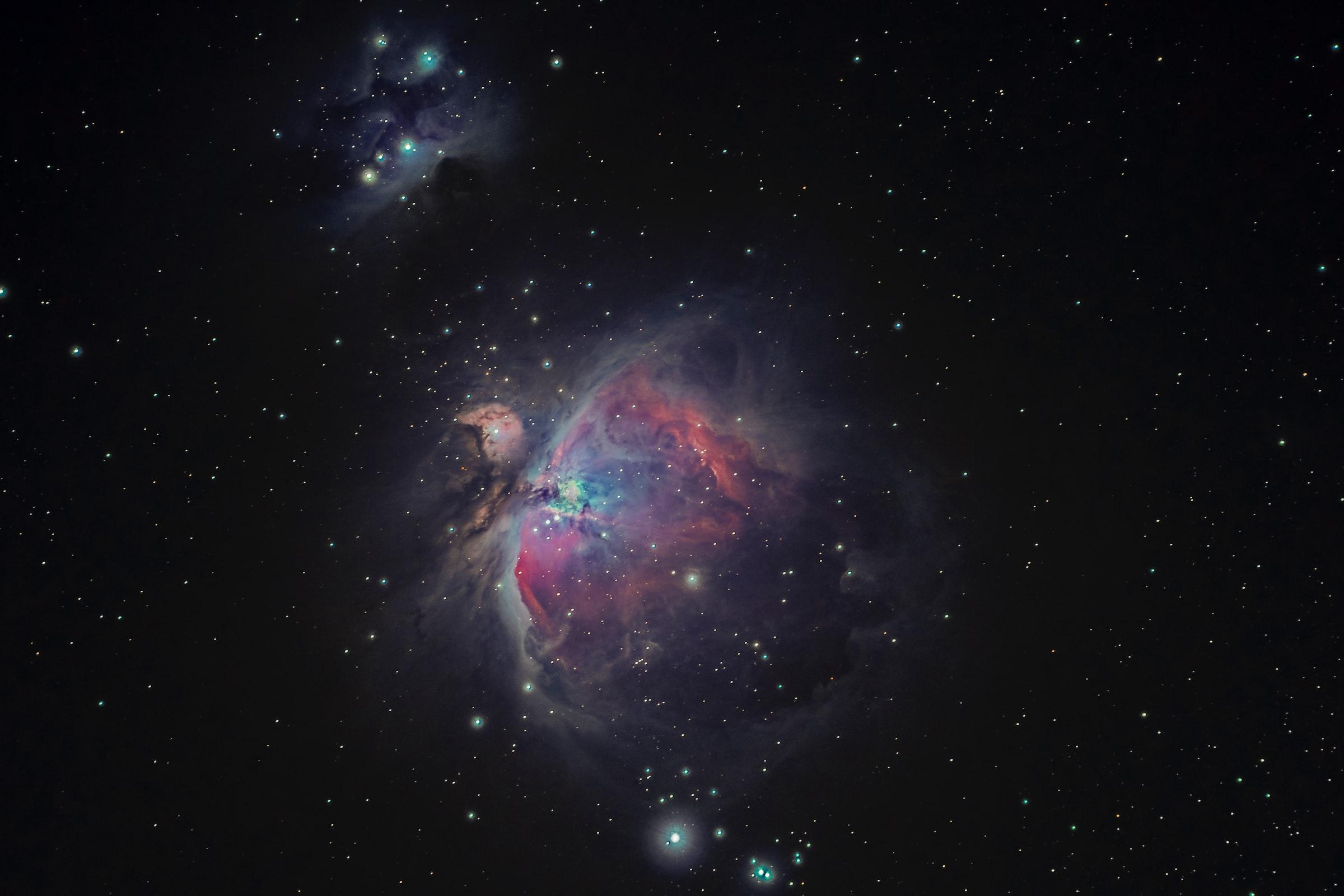
MUSTMultiplexed Survey Telescope
Establishment of University-level Astronomy Technology Center
2021-05-26
With the support of the Department of Astronomy of Tsinghua University, the Astronomy Technology Center was officially established on May 25, 2021, approved by the annual laboratory working committee of the school. The Astronomy Technology Center will become an important support platform for the Multiplexed Survey Telescope (MUST) project with gradually expanding scope of work.

In the past decade, astronomical observations have won five Nobel Prizes in Physics, accounting for 50%, and this trend is expected to accelerate in the future. In recent years, the US, Europe, and Japan have deployed several large-scale photometric surveys, but these surveys urgently need matched spectroscopic surveys, and only spectroscopy can determine the fundamental properties of celestial bodies. In this regard, the Department of Astronomy proposed the construction of a wide-field spectroscopic survey telescope, the Multiplexed Survey Telescope (MUST). In September 2019, after deliberation by several academicians and experts organized by the Research Institute, it was believed that this telescope has the potential to achieve significant basic and original breakthroughs in frontiers such as dark energy and dark matter, gravitational wave cosmology, exoplanets, and galaxy formation. At the same time, MUST will also collaborate with China's manned space station telescope, which is planned to be launched in 2025, to provide critical spectral support for this major deep-space exploration project. MUST is internationally recognized as a cost-effective and excellent choice. Therefore, similar ideas have also been proposed internationally. However, Tsinghua University has taken the lead in this significant historical opportunity and is expected to take the lead in this world-leading international collaborative scientific platform. At the same time, this project may open up a new model of private capital assisting top basic scientific and engineering construction.
In terms of science, the main function of MUST is to conduct sky surveys, discovering and verifying new laws of physics on larger and more extreme scales. In the first five years after its completion, MUST will implement a series of large-scale spectral survey projects, potentially opening up new fields in gravitational wave cosmology, cosmic inflation detection, dark energy nature, formation of the first generation galaxies and galaxy clusters, exoplanet detection, and confirmation of habitable Earths, galaxy structure and history, and other cutting-edge sciences. These are currently the "bottleneck" problems in astrophysics and even fundamental physics, and are also problems that the international astronomical community wants to solve first and may be solved in the next 10-20 years.
In terms of technology, the main function of MUST will be a world-class optical detection platform, which will not only bring huge development to Chinese astronomy, but also drive rapid development in fields such as new micro-nano spectrometers, special optical materials, high-precision sensor manufacturing, large-scale precision machinery manufacturing, low-noise near-infrared detectors, and more from the perspective of cutting-edge science. These related technologies can be widely applied in areas such as national economy and people's livelihoods, deep space exploration for aerospace, and will play an important role in national economic construction and defense security.
Based on the established Astronomy Technology Center platform, the scientific team and engineering team of the MUST project will be gradually formed. The management teams of the platform as a whole and each department will be organized by the project's chief scientist, fully utilizing the rich project management experience of Tsinghua University, effectively combining Tsinghua's strong engineering and technical capabilities, and strengthening collaboration with external partners to ensure the smooth construction, implementation, and operation of the Astronomy Technology Center.
